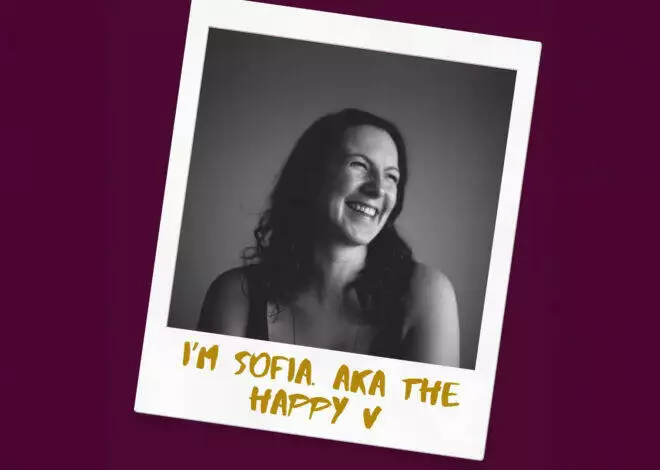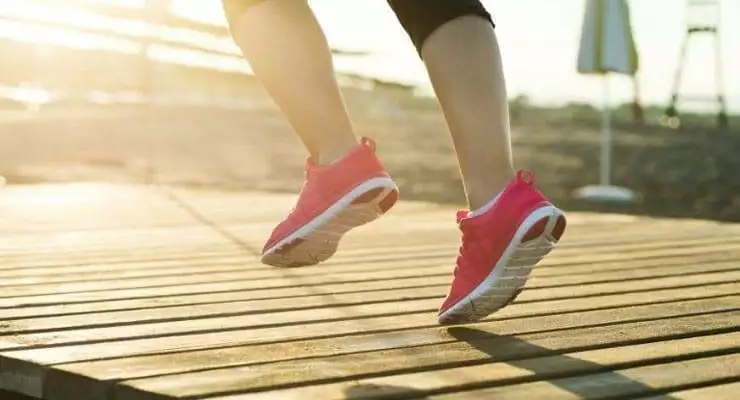How to Stop Hair Loss After Having a Baby
A woman’s hair is her glory, at least according to the age-old adage. If you’re like most women, you spend a lot of time and money keeping your hair looking its best. During pregnancy your hair was probably the thickest, fullest you had ever seen it. Then, to your despair, you noticed it falling out in large amounts after your baby was born. You are probably desperate to find out how to stop hair loss after having a baby.
Step 1
Recognize that some hair loss is normal. Before your pregnancy, you normally shed up to 100 hairs each day. However, during pregnancy you had a larger than normal amount of estrogen. This keeps the hair in the growing stage longer, which in turn keeps you from shedding the normal amount of hair. This is why woman often have beautiful, healthy hair during pregnancy. However, after the baby is born your estrogen level drops to its pre-pregnancy state and your hair begins falling out again. This is normal and will slow down in six months to a year.
Step 2
Choose hairstyles that aren’t stressful on the hair. American Pregnancy suggests avoiding hairstyles that are tight and stressful on the hair strands such as braids or tight cornrows. Wear your hair as loosely as possible to prevent stress breaks. One protective thing you can do is wearing your hair in a bun by gathering it in a satin or silk scrunchie, wrapping the hair around the scrunchie, and securing it with a clip or bobby pins.
If you really want to keep it out of your way and prevent it from breaking, try a new, shorter haircut while your body is returning to normal.
Step 3
Supplement your diet with vitamins and minerals that have been linked to healthy hair. Vitamin B, zinc, Vitamin E, Biotin, and Vitamin C are all recommended by American Pregnancy as helpful in reducing the amount of hair lost after childbirth.
Amazing Pregnancy also suggests making sure you are getting enough antioxidants in your diet. The easiest way to accomplish this is to include lots of fruits and vegetables. Antioxidants are responsible for helping the body remain healthy and are thought to provide protection to the hair follicles as well.
Step 4
Breast-feed your baby. Breast-feeding keeps your body producing more hormones than it does when you aren’t breast feeding. According to Pregnancy Families, many breast-feeding women don’t lose hair until after their menstrual cycle returns. This simple fact makes breast-feeding healthy for you and your baby.
Step 5
Change your hairstyle after your baby is born. Choose a shorter, easier-to-care-for style that you don’t have to fuss over and that will prevent you from noticing the hair loss. This is also good advice for any new mother who finds that she doesn’t have the necessary time to devote to longer hair and is constantly unraveling it from her baby’s hands.
Step 6
Realize that “this, too, shall pass”–and if it doesn’t within six to twelve months, you should see a doctor. Losing your hair is not an attractive thought, and not all women will have to deal with it. But for many women, it is a natural part of childbirth and motherhood that passes with time.



